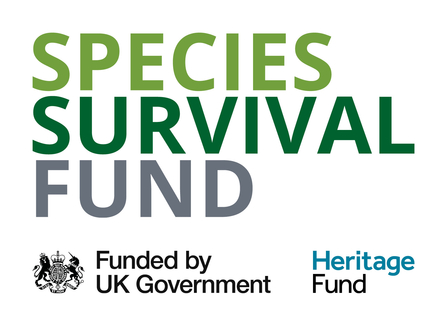We live in an incredibly drained landscape. Over the last century, we have dredged and straightened rivers, cut ditches through fields, and laid pipes beneath our feet – all designed to move water off the land and out to sea as quickly as possible. Driven by policies that promoted intensive agriculture, forestry, and hard infrastructure, this has left us with fragile, polluted landscapes that lack the resilience to cope with climate breakdown or support wildlife through the ecological crisis we now face.
The acquisition of fields adjoining Tadnoll & Winfrith nature reserve near Wool offers an exciting opportunity to restore natural water systems. Here we can reconnect forgotten floodplains, re-meander rivers, and return water to its natural, gravity-driven flow.
Agricultural drainage has left the land criss-crossed with ditches, many perched above the natural contours and running at right-angles across the site. The restoration process is simple but transformative: by filling ditches at key points and lowering banks, water can once again move through the natural low ground, creating shallow, multi-threaded channels across the land.
This work will be supplemented by creating leaky dams in the remaining ditch networks. These will hold back water, filter sediment, release cleaner flows, and create temporary ponds behind the dams. Where trees and scrub need to be cleared for access — mainly willow, birch, and gorse — the timber will be reused as woody debris to block ditches and build leaky dams.
As part of the Dorset Peat Partnership project, two degraded mires were identified within a narrow strip of land adjacent to the heathland. These former peatlands have been disconnected from the adjacent floodplain by the agricultural drainage channels and so the objective will be to re-wet them to restore the peat.
A second phase of the work, planned for winter 2026, will focus on reconnecting the Tadnoll Brook with its floodplain. By infilling around 100 metres of the main channel, raising water levels, and installing more leaky dams and heather bales, we will spread water back across the land, slowing flows and creating a dynamic wetland mosaic.



